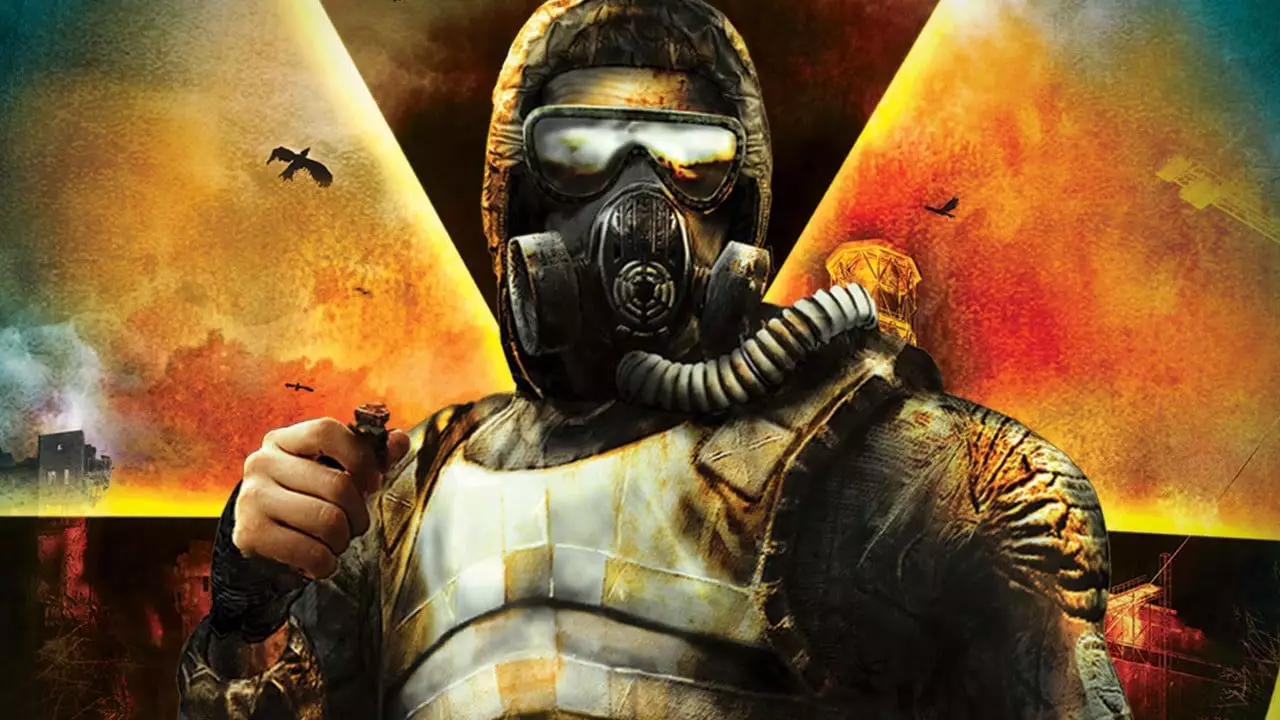Since its original release in 2007, S.T.A.L.K.E.R: Shadow of Chornobyl has resonated with gamers, intertwining elements of horror with engaging combat in a landscape inspired by real-world events. The game, developed by the Ukrainian studio GSC Game World, thrust players into the quarantined area surrounding Chernobyl, characterized by its unsettling atmosphere and survival mechanics. With the recent revival as part of the Legends of the Zone bundle on the Nintendo Switch—offering a collection of this seminal title along with its sequels—it’s a fitting time to reevaluate what makes this series a standout in the realm of survival horror and first-person shooters.
At the heart of Shadow of Chornobyl lies a narrative steeped in mystery and dread. Players assume the role of the Marked One, an amnesiac scavenger in a post-apocalyptic wasteland. The game effectively melds story and ambiance, pulling inspiration from the 1971 novel Roadside Picnic and its cinematic adaptation, which enriches the exploration of an irradiated Zone filled with anomalies and merciless adversaries. The aim to eliminate the enigmatic Strelok serves as a backdrop for the Marked One’s journey, allowing players to navigate diverse environments, from hostile bandit camps to eerie abandoned buildings.
The game’s inviting yet treacherous world creates an atmosphere reminiscent of the oppressive terrains portrayed in Andrei Tarkovsky’s film, enhancing the player’s sense of isolation and uncertainty. Exploring the haunting remnants of society, players come face to face with mutated enemies—including fierce wildlife and horrid humanoid beings—designed to invoke fear and challenge one’s survival instincts.
S.T.A.L.K.E.R. presents a semi-open world filled with freeform missions that encourage players to deviate from the main narrative. This structure promotes exploration and experimentation, allowing one to undertake side quests for various factions scattered across the Zone. Players may align with NPCs to gain trust, acquire resources, or uncover valuable artifacts that can elevate their gameplay. However, the danger looms larger than ever, and frequent save points become essential as encounters with aggressive bandits or unpredictable anomalies can lead to a quick demise.
Survival is not merely about shooting proficiency; the game incorporates various survival elements that demand resourcefulness. Players must scavenge for supplies like ammunition, health kits, and equipment, leading to a constant sense of tension—an element that adds layers to the gameplay experience. Managing radiation exposure and environmental hazards challenges players to adapt dynamically to each skirmish, where a gun jam can mean life or death.
For a game that initially debuted over a decade ago, S.T.A.L.K.E.R: Shadow of Chornobyl is commendably visually arresting on the Nintendo Switch. Players can expect a stable frame rate that holds up when docked or in handheld mode, complemented by smooth camera control. The inclusion of motion controls for aiming offers an engaging twist for those daring enough to use them, demonstrating an understanding of contemporary gaming preferences.
Nevertheless, the experience isn’t devoid of technical hiccups; a notable absence of visual customization options, such as a proper text size increase for accessibility, suggests missed opportunities for enhancement. While the existing gamma slider helps mitigate brightness issues, the inability to adjust text can compromise overall immersion.
As S.T.A.L.K.E.R: Shadow of Chornobyl finds a new home on console platforms, it reaffirms its status as a cult classic worth revisiting. The harmonious blend of survival horror, gripping storytelling, and exploratory freedom remains a hallmark of GSC Game World’s vision. This Switch release, offering modern optimization alongside rich narratives and system stability, ensures both veterans and newcomers can immerse themselves in the eerie expanses of the Zone. Though the transition to console has introduced its share of challenges, the core essence of what made S.T.A.L.K.E.R. a pivotal moment in gaming history is alive and well.


Leave a Reply